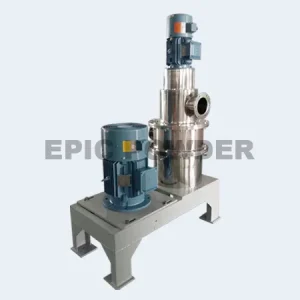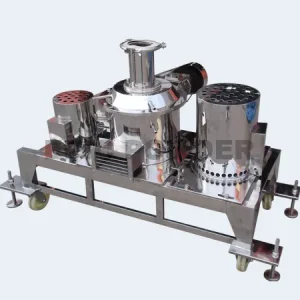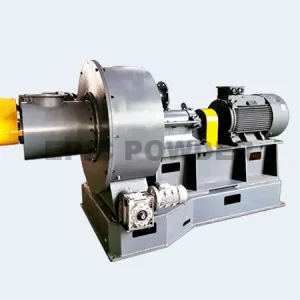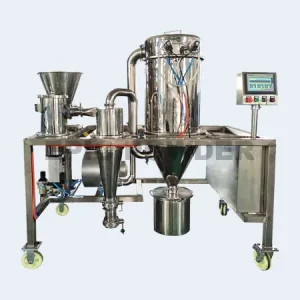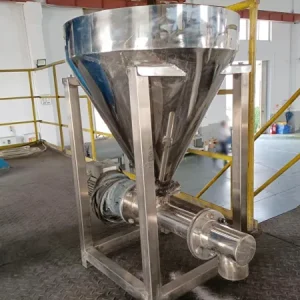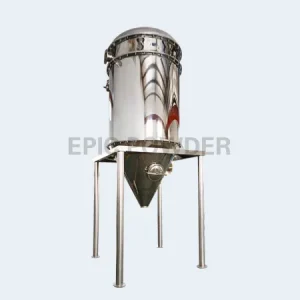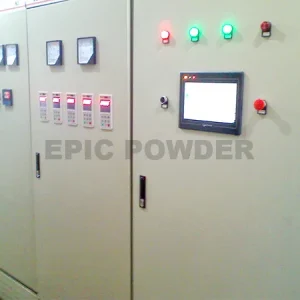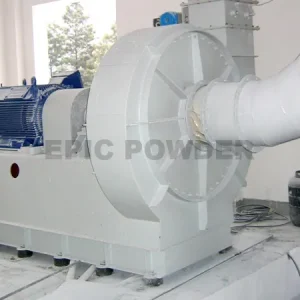Air classification mill is a type of grinding equipment that uses air flow to separate particles based on their size and shape. It is commonly used in various industries such as pharmaceuticals, chemicals, food processing, and minerals. In order to optimize the performance of an air classification mill, several auxiliary equipment are necessary.
1. Air Compressor: An air compressor is a vital component of an air classification mill as it provides the necessary compressed air for the grinding process. The compressed air is used to create a high-velocity air stream that carries the particles through the mill and separates them based on their size. The air compressor should have sufficient capacity to meet the air flow requirements of the mill.
2. Dust Collector: Grinding processes generate a significant amount of dust and fine particles. A dust collector is used to capture and remove these particles from the air before it is released into the environment. It helps to maintain a clean and safe working environment and prevents the contamination of the final product.
3. Cyclone Separator: A cyclone separator is a device that uses centrifugal force to separate particles from the air stream. It is typically used in conjunction with a dust collector to further enhance the separation efficiency. The cyclone separator removes larger particles from the air stream and directs them into a separate collection bin, while the finer particles are collected by the dust collector.
4. Air Heater: In some applications, the air used in the grinding process needs to be heated to a specific temperature. An air heater is used to heat the air before it enters the mill. This helps to improve the efficiency of the grinding process and ensures consistent product quality.
5. Air Lock Valve: An air lock valve is used to control the flow of material into and out of the mill. It prevents the backflow of air and maintains a constant air pressure within the mill. This is important for ensuring the proper functioning of the mill and preventing any potential damage.
6. Control System: A control system is essential for monitoring and controlling the operation of the air classification mill and its auxiliary equipment. It allows operators to adjust various parameters such as air flow rate, temperature, and particle size distribution to achieve the desired grinding performance. The control system also provides real-time feedback and alarms to alert operators of any abnormal conditions.
In conclusion, the auxiliary equipment for an air classification mill plays a crucial role in optimizing its performance and ensuring efficient and reliable operation. The air compressor, dust collector, cyclone separator, air heater, air lock valve, and control system work together to create a controlled and clean environment for the grinding process. By investing in high-quality auxiliary equipment and properly maintaining them, industries can maximize the productivity and quality of their grinding operations.
